- Deep Research Global
- Posts
- Shield AI SWOT Analysis (2026)
Shield AI SWOT Analysis (2026)
The defense technology sector is witnessing a transformation akin to the shift from propeller aircraft to jets. At the forefront of this revolution stands Shield AI, a San Diego-based company that has positioned itself as a pioneer in autonomous aircraft systems.
With a recent valuation of $5.3 billion following its $240 million Series F funding round in March 2025, Shield AI represents the second-largest defense technology startup by market capitalization, trailing only Anduril Industries.
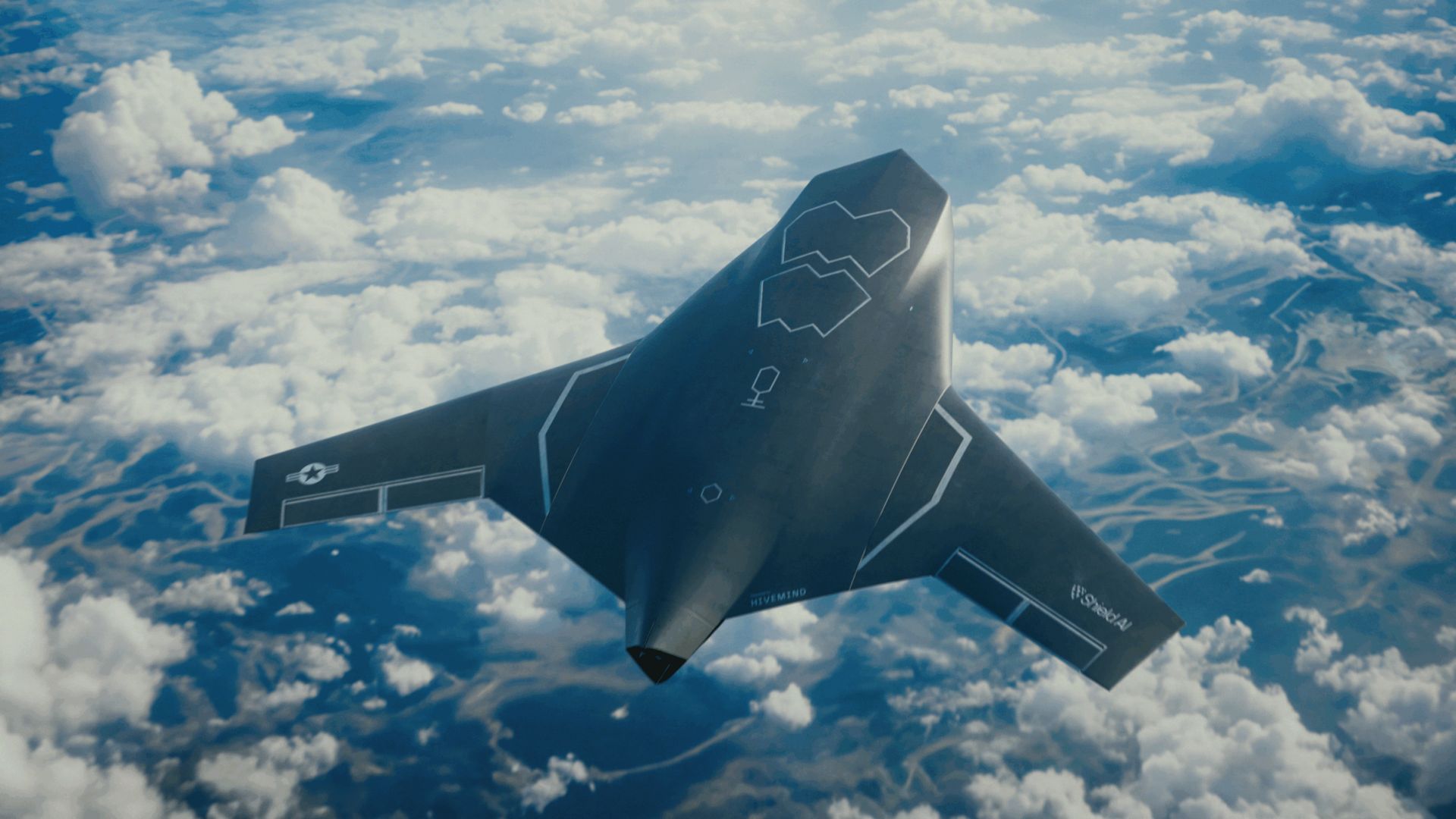
Founded in 2015 by former Navy SEAL Brandon Tseng and his brother Ryan Tseng, Shield AI has grown from a startup focused on building reconnaissance drones to a 900-person powerhouse developing cutting-edge autonomy software and next-generation defense aircraft.
The company's mission is clear: protect service members and civilians through intelligent systems.
Table of Contents
Understanding Shield AI's Core Technology
Before examining the strategic position of Shield AI, it's essential to understand what sets this company apart from traditional defense contractors and even other defense technology startups.
Hivemind: The AI Pilot Revolution
At the heart of Shield AI's competitive advantage is Hivemind, an AI-powered autonomy software platform that serves as a digital pilot for unmanned aircraft. Unlike conventional drone systems that require constant communication with human operators, Hivemind enables aircraft to operate autonomously in GPS-denied and communications-degraded environments.
This capability addresses one of modern warfare's most critical challenges. When communications are jammed or GPS signals are unavailable, traditional drones become inoperable. Hivemind-powered aircraft, however, can continue their missions, making autonomous decisions based on their programming and real-time sensor data.
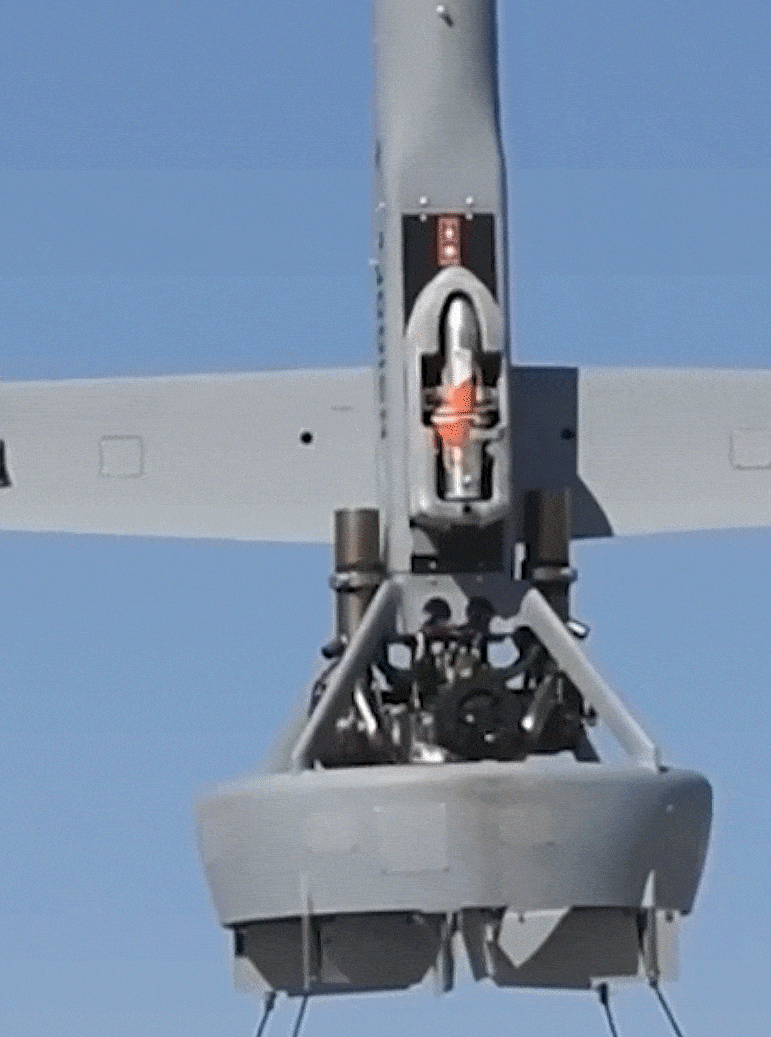
The technology has already been successfully deployed across multiple platforms, including the Kratos Firejet, General Atomics' MQ-20 Avenger, the F-16 Fighting Falcon, and Shield AI's own V-BAT reconnaissance drone.
The X-BAT: A Game-Changing Innovation
In October 2025, Shield AI unveiled the X-BAT, the world's first AI-piloted vertical takeoff and landing (VTOL) fighter jet. This revolutionary aircraft represents a quantum leap in autonomous combat capabilities.
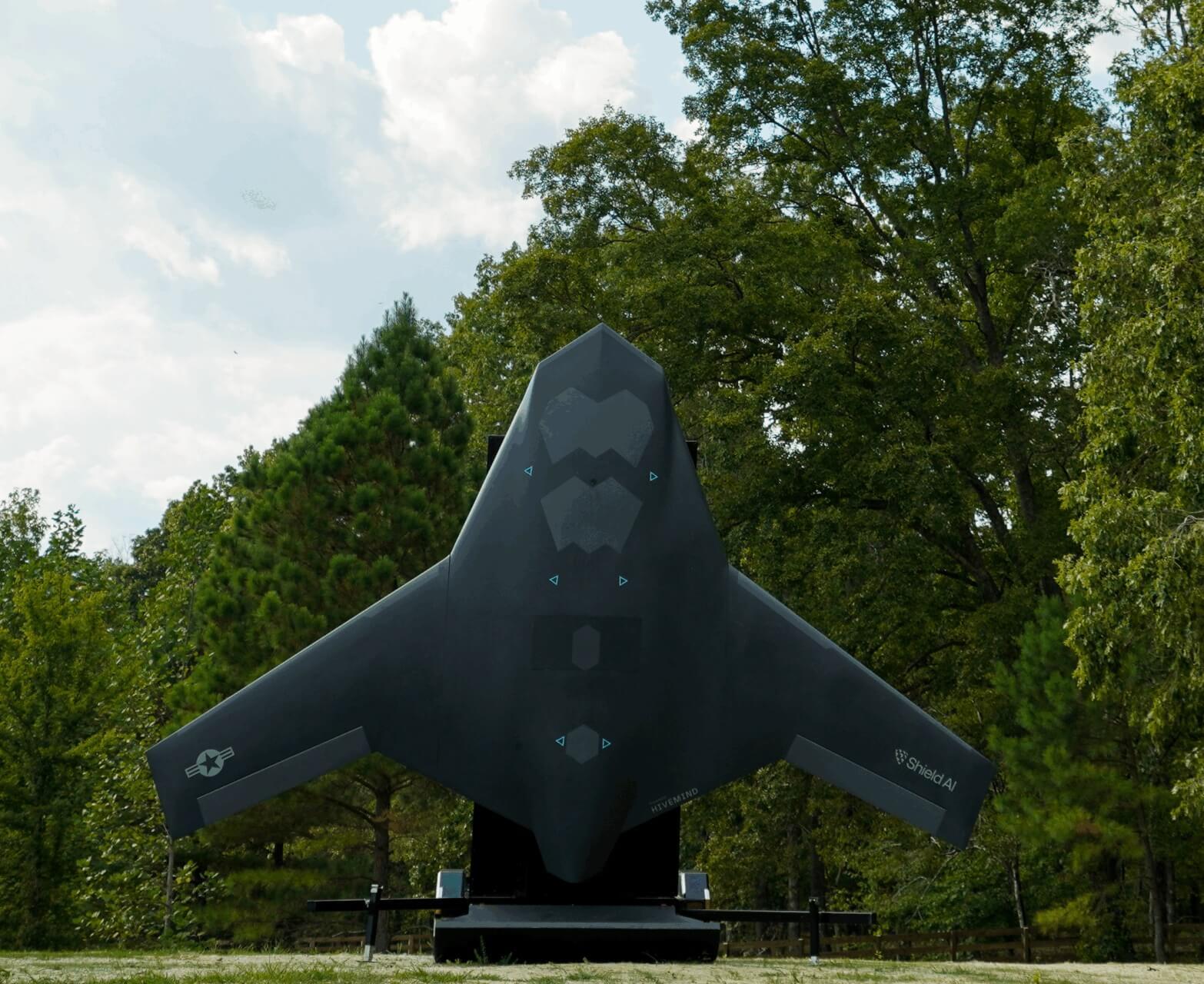
The X-BAT boasts impressive specifications:
Range: 2,000 nautical miles
Ceiling: 50,000 feet
Takeoff Method: Vertical, requiring no runway infrastructure
Landing: Tail-first vertical landing
Autonomy: Fully AI-piloted with Hivemind software
Operations: Functions in GPS-denied and communications-jammed environments
According to Reuters, Shield AI plans to complete first tests in the first half of 2026, with production readiness targeted for 2028. Initial VTOL flight testing is scheduled for fall 2026, followed by full mission capability flights in 2028.
Strengths: Building Blocks of Dominance
1. Technological Innovation and IP Portfolio
Shield AI's most significant strength lies in its proprietary Hivemind platform. This AI autonomy system represents years of research, development, and real-world testing. The software's ability to operate in contested environments without GPS or communications gives Shield AI a technological moat that competitors will find difficult to replicate quickly.
The company has demonstrated Hivemind's versatility by successfully integrating it across six different aircraft platforms, from small quadcopters to full-size fighter jets. This platform-agnostic approach creates multiple revenue streams and reduces dependence on any single aircraft program.
2. Combat-Proven Technology
Unlike many defense startups that operate purely in theory, Shield AI's V-BAT drone has been deployed operationally by the U.S. Coast Guard and military forces. The V-BAT has conducted reconnaissance missions in real-world conditions, providing Shield AI with invaluable operational feedback and credibility with military customers.
This combat-proven status differentiates Shield AI from competitors still in the development phase and gives military procurement officials confidence in the technology's reliability.
3. Strategic Partnerships with Major Defense Contractors
Shield AI has forged partnerships with industry giants that validate its technology and provide pathways to scale:
Northrop Grumman: Teamed for the U.S. Army's Future Tactical Unmanned Aircraft System program
General Atomics: Hivemind integration on the MQ-20 Avenger
Airbus: Accomplished the first autonomous aerial logistics connector helicopter flight in August 2025
RTX (Raytheon Technologies): Announced partnership in July 2025 to integrate Shield AI capabilities into select RTX defense products
HII (Huntington Ingalls Industries): Partnered in September 2025 to accelerate modular cross-domain mission autonomy solutions
These partnerships provide Shield AI with access to established supply chains, government relationships, and complementary technologies.
4. Strong Financial Backing and Valuation Growth
Shield AI's funding trajectory demonstrates strong investor confidence:
Series F-1 (March 2025): $240 million at $5.3 billion valuation
Investors Include: L3Harris Technologies, Hanwha Aerospace, Point72 Ventures, Riot Ventures, Snowpoint Ventures
Total Funding: Over $1.3 billion
The company's 2024 revenue was estimated at $267 million, representing 64% year-over-year growth from 2023's $163 million. This growth trajectory, while not yet profitable, demonstrates strong market demand for Shield AI's products.
5. Global Market Expansion
Shield AI is actively expanding internationally, securing contracts and partnerships across allied nations:
Japan: Delivering V-BAT drones to Japan's Maritime Self-Defense Force
South Korea: Partnership with Korea Aerospace Industries (KAI) announced in March 2025 to advance AI-powered autonomy
India: Contracts for quantum-ready Hivemind integration
Taiwan: Expanded Taiwan presence with new Taipei 101 office in September 2025
This geographic diversification reduces dependence on U.S. military spending alone and positions Shield AI in regions with growing defense budgets.
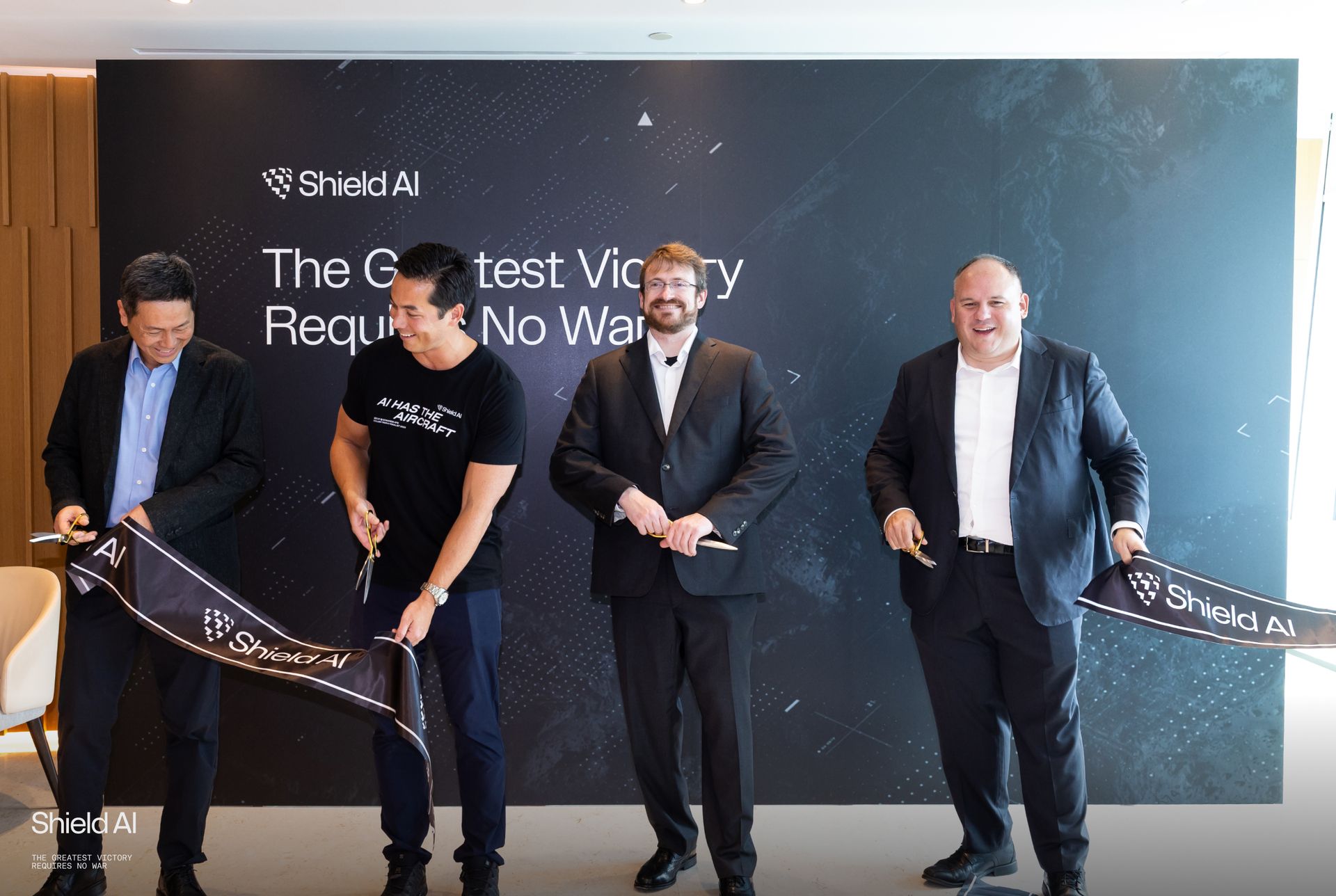
6. Experienced Leadership with Military Background
Founder Brandon Tseng's experience as a Navy SEAL provides Shield AI with crucial insights into military needs and operational realities. This military-civilian bridge helps the company design products that address real warfighter requirements rather than theoretical capabilities.
The leadership team combines Silicon Valley innovation culture with defense industry expertise, creating a hybrid approach that has proven effective in the defense technology sector.
Weaknesses: Vulnerabilities to Address
1. Path to Profitability Remains Unclear
Despite impressive revenue growth, Shield AI has not achieved profitability and missed financial targets for 2024 and 2025. The company expected to exceed $400 million in revenue and become profitable in 2025 but fell short of these goals.
Defense technology development requires massive upfront investment, and Shield AI's ambitious X-BAT program will demand significant capital before generating revenue. The company must balance growth investments with the eventual need to demonstrate sustainable profitability to investors and potential public market participants.
2. Dependence on Government Contracts
Like most defense companies, Shield AI's revenue depends heavily on government procurement decisions, which can be unpredictable and subject to political changes. Budget cuts, shifting priorities, or changes in administration could impact contract awards and revenue projections.
The defense procurement process is also notoriously slow, creating cash flow challenges for companies waiting for contract awards and payments.
3. Limited Production Track Record at Scale
While Shield AI has successfully produced V-BAT drones, the company has not yet demonstrated the ability to manufacture aircraft at the scale required for major military programs. The X-BAT, in particular, represents a far more complex manufacturing challenge than the V-BAT.
Scaling production requires significant capital investment in facilities, supply chain management, quality control, and workforce development. Traditional defense contractors have decades of experience with these challenges; Shield AI must prove it can compete in production efficiency.
4. Technology Integration Risks
Shield AI's strategy of licensing Hivemind to other aircraft manufacturers creates integration challenges. Each platform has unique characteristics, and ensuring Hivemind performs reliably across diverse systems requires ongoing engineering investment and increases technical support complexity.
Software updates, bug fixes, and performance optimization must be managed across multiple platforms simultaneously, creating coordination and resource allocation challenges.
5. Talent Competition
The competition for AI and aerospace engineers is intense, with both traditional defense contractors and commercial technology companies competing for the same talent pool. Shield AI's San Diego headquarters provides access to a strong engineering community, but the company must compete with higher compensation packages offered by commercial tech giants.
6. Regulatory and Safety Concerns
Autonomous weapons systems face significant ethical and regulatory scrutiny. As Shield AI develops more capable autonomous combat aircraft, the company will need to navigate complex international laws, ethical debates, and potential restrictions on autonomous weapons.
Any accidents or failures during testing or deployment could trigger regulatory backlash and damage the company's reputation and growth prospects.
Opportunities: Pathways to Growth
1. Expanding Collaborative Combat Aircraft (CCA) Market
The U.S. Air Force's CCA program represents a multi-billion-dollar opportunity. The Air Force selected RTX and Shield AI in September 2025 to provide autonomy capabilities for the service's first round of drone wingmen.
These autonomous drones will fly alongside piloted fighter jets, multiplying combat power while reducing risk to human pilots. The global CCA market is projected to grow substantially as nations recognize the strategic value of affordable, autonomous aircraft.
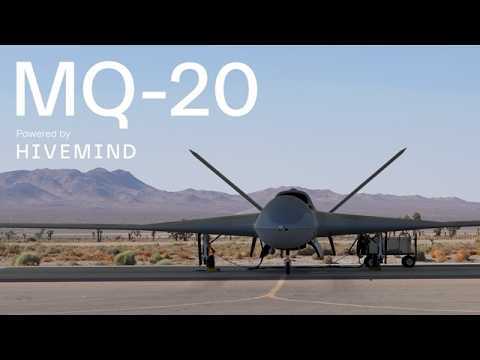
2. International Market Expansion
Global defense spending continues to rise, particularly in the Indo-Pacific region. Countries facing security challenges are actively seeking advanced defense technologies, and Shield AI's proven systems position the company to capture significant international market share.
The partnerships already established in Japan, South Korea, India, and Taiwan provide beachheads for further expansion. European nations are also investing heavily in defense modernization, creating additional opportunities.
3. Commercial Applications Beyond Defense
While Shield AI has focused on military applications, the autonomous aviation technology developed for defense has potential commercial applications:
Search and Rescue: Autonomous drones operating in GPS-denied environments (mountains, forests) could locate missing persons
Infrastructure Inspection: Autonomous inspection of bridges, power lines, and pipelines
Emergency Response: First responder support during natural disasters
Cargo Delivery: Autonomous cargo aircraft for logistics companies
Expanding into commercial markets would diversify revenue streams and reduce dependence on defense budgets.
4. Hivemind Enterprise Platform
Shield AI announced plans to expand deployment of Hivemind Enterprise to original equipment manufacturers (OEMs), governments, and companies. This developer platform approach creates a software ecosystem where third parties can build applications on Shield AI's autonomy foundation.
This platform strategy, similar to successful software companies, could generate recurring revenue through licensing fees and create network effects that strengthen Shield AI's competitive position.
While Shield AI has primarily focused on Air Force applications, the U.S. Navy and Marine Corps have significant needs for autonomous systems. The V-BAT's ship-launched capabilities have already attracted Navy interest, and future variants could support carrier operations, amphibious assaults, and maritime patrol missions.
The Navy is actively soliciting C2 solutions to network CCA drones, and Shield AI's Hivemind could play a central role in these networked autonomous systems.
6. Data and AI Model Refinement
Each flight hour of Shield AI's autonomous systems generates valuable data that can be used to refine and improve Hivemind's decision-making capabilities. As the installed base of Shield AI-powered aircraft grows, the company will accumulate a data advantage that competitors cannot easily replicate.
This data flywheel effect means Shield AI's autonomy software should improve faster than competitors', creating a widening performance gap over time.
7. Potential IPO and Public Market Access
As Shield AI approaches profitability and demonstrates sustainable revenue growth, an initial public offering (IPO) becomes increasingly viable. Public markets would provide access to significantly larger capital pools, enabling accelerated growth and expansion.
The successful IPOs of defense technology companies like Palantir have demonstrated investor appetite for innovative defense contractors, potentially providing a favorable environment for Shield AI's eventual public debut.
1. Intense Competition from Established Players
Shield AI faces competition from multiple directions:
Anduril Industries: Valued higher than Shield AI, with its own autonomous systems
General Atomics: Established drone manufacturer with decades of experience
Kratos Defense: Developing affordable autonomous aircraft
Boeing and Lockheed Martin: Traditional contractors entering the autonomous aircraft market
Northrop Grumman: Despite being a partner, also a potential competitor
Reuters reported that Shield AI is joining an increasingly crowded field of companies building "loyal wingman" drones, intensifying competitive pressure.
2. Technological Disruption
Artificial intelligence and autonomous systems technology evolve rapidly. Competitors could develop superior autonomy algorithms, rendering Shield AI's technological advantage obsolete. Breakthroughs in quantum computing, sensor technology, or alternative AI architectures could disrupt current approaches.
Shield AI must invest continuously in research and development to maintain its technological edge, requiring substantial capital even as the company seeks profitability.
3. Geopolitical Instability and Export Controls
International sales, while representing growth opportunities, also expose Shield AI to geopolitical risks. Export controls on advanced military technologies could limit international expansion, and deteriorating relationships with current partner nations could jeopardize existing contracts.
The company must navigate complex export regulations while ensuring its technology doesn't end up in adversarial hands, a constant challenge for defense contractors.
4. Budget Constraints and Procurement Delays
Economic downturns or shifting political priorities could lead to defense budget cuts. The Pentagon has historically experienced budget pressures, and autonomous aircraft programs, being newer and less established than traditional platforms, could face cuts before legacy programs.
Additionally, the defense procurement process is lengthy and subject to protests, appeals, and political interference. Expected contract awards can be delayed years, straining company finances.
5. Ethical and Legal Challenges
Autonomous weapons systems face increasing scrutiny from international organizations, human rights groups, and policymakers. Concerns about "killer robots" and the ethics of AI-driven lethal decision-making could lead to international restrictions or bans on certain autonomous capabilities.
While Shield AI emphasizes that humans remain in the decision loop for lethal actions, public perception and policy debates could constrain how the company's technology can be marketed and used.
6. Cybersecurity Vulnerabilities
As Shield AI's systems become more networked and sophisticated, they become potential targets for cyberattacks. Adversaries could attempt to hack Hivemind systems, steal proprietary algorithms, or compromise autonomous aircraft during operations.
A successful cyberattack or demonstrated vulnerability could devastate Shield AI's reputation and lead to contract cancellations.
7. Supply Chain Disruptions
The global supply chain challenges that emerged during the COVID-19 pandemic demonstrated the vulnerability of manufacturers dependent on complex international supply networks. Semiconductor shortages, in particular, could constrain Shield AI's ability to produce aircraft at scale.
Geopolitical tensions, particularly involving China and Taiwan (major semiconductor producers), create additional supply chain risks that could impact production timelines and costs.
Strategic Recommendations for 2026 and Beyond
Based on this comprehensive analysis, several strategic priorities emerge for Shield AI as it positions for long-term success:
Accelerate Path to Profitability: While growth investments are necessary, Shield AI should establish clear milestones for achieving positive cash flow and profitability. Investors will increasingly demand financial sustainability as the company matures.
Diversify Revenue Streams: Reducing dependence on any single platform or customer will improve financial stability. The Hivemind Enterprise platform represents a promising avenue for recurring software revenue that complements hardware sales.
Invest in Manufacturing Capabilities: Proving the ability to produce aircraft at scale will be crucial for winning major production contracts. Strategic investments in manufacturing infrastructure and partnerships with experienced aerospace manufacturers could address this gap.
Maintain Technological Leadership: Continuous R&D investment is essential to stay ahead of competitors. Shield AI should focus on expanding Hivemind's capabilities, particularly in multi-aircraft coordination and advanced mission planning.
Navigate Regulatory Environment: Proactively engaging with policymakers, ethicists, and international organizations will help shape regulations in ways that enable autonomous systems while addressing legitimate concerns.
Prepare for Public Markets: If Shield AI pursues an IPO, establishing strong financial controls, transparent reporting, and a compelling growth narrative will be essential for success in public markets.
Conclusion: Positioned for Impact
Shield AI stands at an inflection point in its evolution from startup to major defense contractor. The company's technological innovations, particularly the Hivemind autonomy platform and the revolutionary X-BAT aircraft, position it to capitalize on a fundamental shift in military aviation toward autonomous systems.
The strengths are substantial: combat-proven technology, strategic partnerships with industry leaders, strong financial backing, and a growing global footprint. These assets provide a solid foundation for growth.
However, significant challenges remain. The path to profitability requires careful management, intense competition from both startups and established contractors creates constant pressure, and the regulatory environment for autonomous weapons remains uncertain.
The opportunities ahead are enormous. The global shift toward autonomous military systems, expanding international markets, and potential commercial applications create multiple pathways for revenue growth. Companies that successfully navigate the transition to autonomous warfare will likely become the defense giants of the next generation.
Shield AI has positioned itself to be among these leaders. The next two to three years will be critical as the company transitions from development to production, proves the X-BAT's capabilities, and demonstrates sustainable financial performance.
For defense planners, investors, and industry observers, Shield AI represents a compelling case study in defense innovation. The company exemplifies how Silicon Valley's technology culture can be applied to traditional defense challenges, potentially reshaping how wars are fought and won.
As we move through 2026 and beyond, Shield AI's journey will offer valuable lessons about the intersection of artificial intelligence, aerospace engineering, and military strategy in the 21st century. The stakes are high, the competition is fierce, and the potential impact is transformative.
Reply